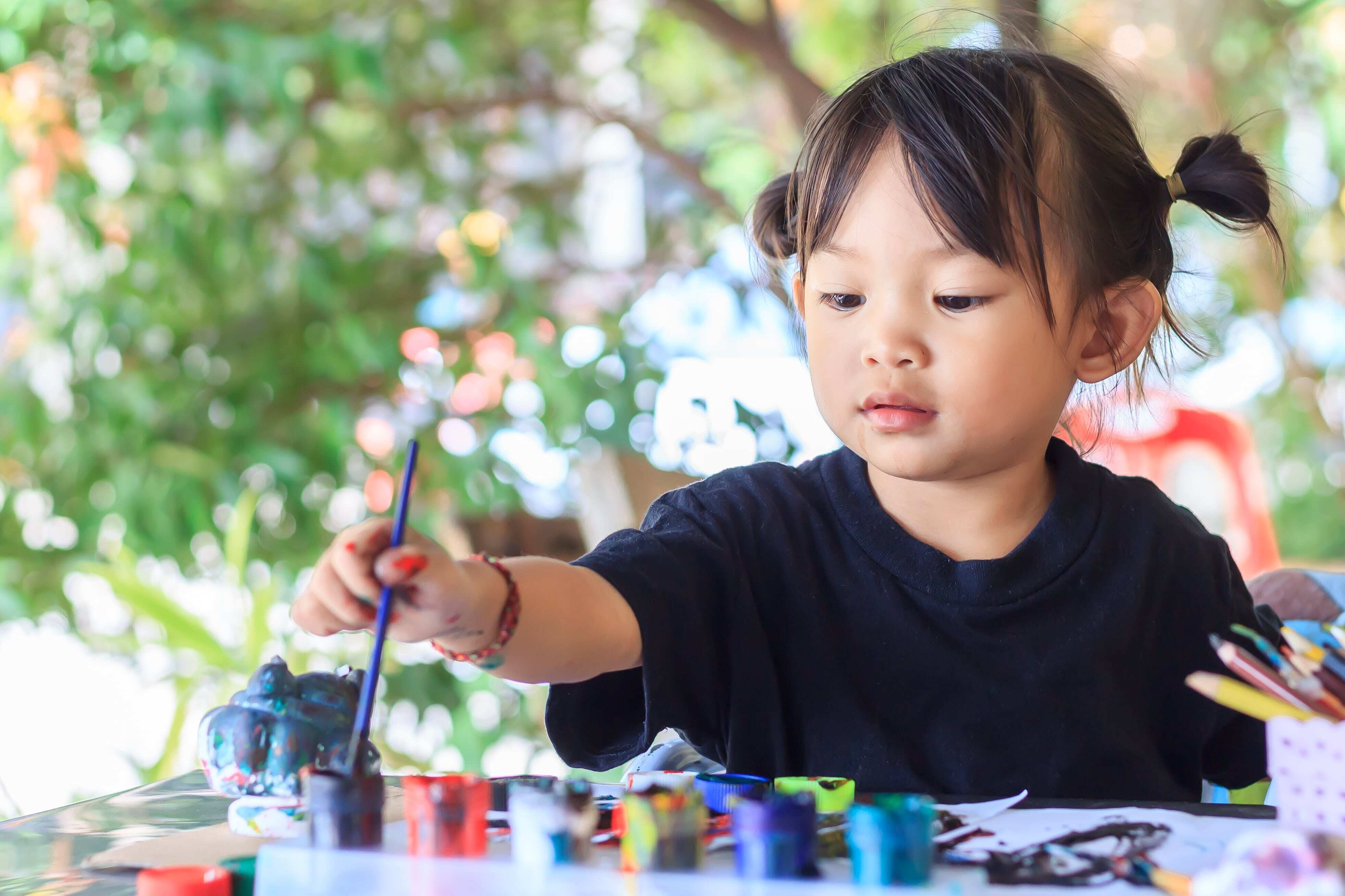How the BeeCurious Curriculum at BrightPath Transforms Curiosity into Deep Learning.
If there’s one word that defines early childhood, it’s “why.” Why is the sky blue? Why do firefighters wear masks? Why do leaves fall?
At BrightPath, we see every “why” as an opportunity. Through the BeeCurious Curriculum, educators transform children’s natural curiosity into meaningful exploration. Instead of rushing to provide quick answers, our educators guide children to discover solutions for themselves, building the foundation for critical thinking, confidence, and lifelong learning.
Embracing the Power of “Why”
Children’s endless stream of questions reflects healthy brain development and curiosity about the world. In the BeeCurious Curriculum, our educators respond with warmth and engagement often saying, “Let’s find out together.”
This simple but powerful response invites partnership and discovery. It communicates to children that their curiosity is valued and that the classroom is a place where questions spark adventure and not dismissal.
Turning Questions into Investigations
Our educators are intentional about turning spontaneous moments into meaningful investigations. Each “why” can evolve into a project or inquiry, guided by the child’s interests. Educators use strategies such as:
- Connection and Engagement: Eye contact, positive facial expressions, and warm tones that show genuine interest in the child’s question.
- Serve-and-Return Conversations: Asking open-ended questions that deepen understanding such as “What do you notice?” or “I wonder how that works?”
- Observation and Narration: Describing what children are doing in the moment to extend learning and vocabulary.
- Being Present: Staying fully engaged, noticing the small details that can lead to big discoveries.
By knowing each child’s developmental stage, temperament, and preferred style of engagement, educators tailor their approach so curiosity feels safe and exciting, never overwhelming.
From “Why” to Wonder: The Firefighter’s Helmet
One powerful example began with a simple question.
During a study on community helpers, a preschooler pointed to a picture of a firefighter and asked, “Why does the firefighter wear that?” referring to the helmet and oxygen gear.
That small spark grew into a full project. The class explored fire safety, created firefighter badges and signs, and transformed their dramatic play area into a fire station. The learning culminated in a visit from a real firefighter who demonstrated equipment and shared stories.
This one “why” evolved into a week-long inquiry that blended science, safety, art, and social studies all rooted in genuine curiosity.
Building the Foundations of Critical Thinking
At BrightPath, we know that critical thinking starts early. When children are encouraged to analyze, compare, evaluate, and predict, they begin developing cognitive skills that will serve them for life.
Educators use questions that invite deeper reflection, such as:
- “Tell me how you did that…”
- “What do you think will happen next?”
- “How could we find out?”
These prompts shift learning from memorization to exploration, empowering children to reason, communicate, and problem-solve collaboratively.
Supporting Curiosity Beyond the Classroom
Families often tell us that their children’s curiosity extends far beyond BrightPath’s walls, filled with “whys” and “how comes.” Rather than seeing these as endless loops of questioning, we encourage families to view them as signs of a developing mind at work.
Our educators share strategies with families, such as:
- Responding with wonder and not just answers.
- Asking reflective questions to guide exploration.
- Providing hands-on materials or real-life experiences to investigate together.
- Celebrating the process of learning, not just the result.
This shared approach between home and school reinforces the BeeCurious Curriculum philosophy: learning is a journey of discovery, driven by curiosity.
The Evolving “Why” Across Ages
The BeeCurious Curriculum recognizes that curiosity looks different at each stage of development:
- Infants show curiosity through gestures, sounds, or looks. Educators respond immediately, guiding sensory exploration with warmth and attention.
- Toddlers often express curiosity with short questions like “why?” or “how come?” They’re supported through hands-on discovery and simple narration.
- Preschoolers engage in longer, more complex dialogue. Educators nurture these exchanges through rich, serve-and-return conversations, often leading to collaborative investigations or projects.
At every stage, educators are attuned to the child’s cues balancing guidance with freedom, ensuring curiosity is always met with care and respect.
Balancing Guidance and Discovery
The key to the BeeCurious approach is balance. Educators guide children when needed, but also allow curiosity to lead the way. Knowing each child deeply, how they prefer to learn, what excites them, and when to step in or step back is central to meaningful learning.
This flexibility ensures that inquiry remains joyful, responsive, and empowering for every child.
Celebrating the Journey
At BrightPath, “why” is the start of discovery. By embracing children’s questions, the BeeCurious Curriculum nurtures creativity, resilience, and a lifelong love of learning.
We celebrate the answers children find and the process they use to uncover them, the conversations, the experiments, the shared moments of wonder. Because at BrightPath, every “why” leads to something extraordinary.
Stay in the know and check us out on social media! Follow BrightPath on Facebook and Instagram for a variety of fun activities and daily inspiration.







